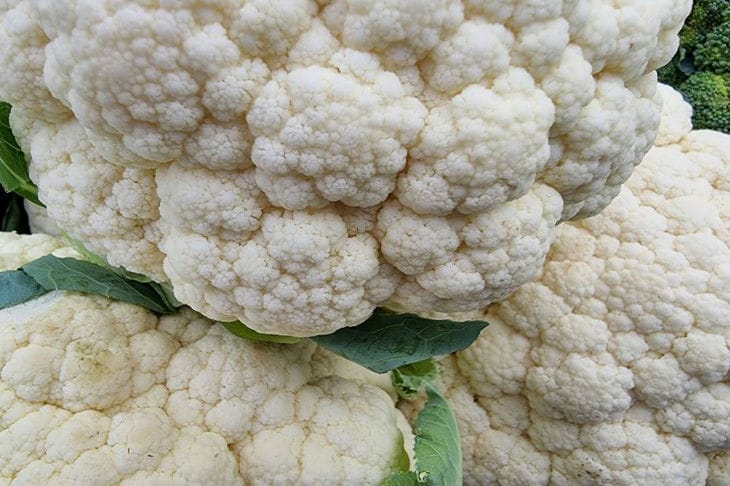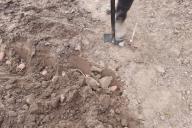One of the main reasons why cauliflower does not form florets is an unsuitable climate.
Cauliflower prefers moderately cool weather.
If the temperature is too high or too low, the plants become stressed, which prevents the formation of inflorescences.
The optimal temperature for growing cauliflower ranges from 15 to 20 degrees Celsius.
Temperatures above 25 degrees can lead to deformation or absence of inflorescences. Cold periods, especially frosts, also negatively affect the process of setting.

Nutrient deficiencies
Lack of nutrients in the soil can be another reason for the lack of cauliflower florets.
For full development, plants need balanced nutrition. Nitrogen, phosphorus and potassium are key elements that affect the growth and development of inflorescences.
If the soil is poor in these elements, cabbage may grow poorly and not form inflorescences.
It is recommended to regularly feed plants with organic and mineral fertilizers to provide them with all the necessary substances.
Incorrect watering regime
Incorrect watering regime can also be the reason why cauliflower does not form florets.
Plants require regular and abundant watering, especially during the period of inflorescence formation. Lack of moisture leads to stress, which hinders the development of plants.
It is important to maintain constant soil moisture, avoiding drying out and overwatering. Watering should be done early in the morning or late in the evening to minimize moisture evaporation.
Thickening of plantings
Thickening of plantings prevents the normal development of cauliflower and interferes with the formation of inflorescences.
When planted too densely, plants compete for light, water and nutrients, which leads to their weakening.
It is recommended to maintain an optimal distance between plants - about 50-60 centimeters.
This allows each plant to have enough space to grow and develop, and also improves air circulation around them.
Pests and diseases
Pests and diseases can significantly affect the health of cauliflower and its ability to set florets.
Insects such as cabbage aphids and flea beetles feed on plant juices, weakening them and preventing normal development.
Fungal diseases such as downy mildew and fusarium attack leaves and roots, disrupting metabolism and reducing yields.
Regular inspection of plants and the use of biological and chemical pest control agents will help prevent the spread of pests and diseases.
Incorrect sowing time
Incorrect sowing time can be another reason for the lack of inflorescences in cauliflower.
It is important to take into account the climatic features of the region and choose the optimal time for sowing.
Sowing too early or too late can result in unfavourable conditions for plant growth.
In temperate latitudes, the optimal time for sowing cauliflower is considered to be the end of April - beginning of May. This allows the plants to develop in comfortable temperature conditions.








